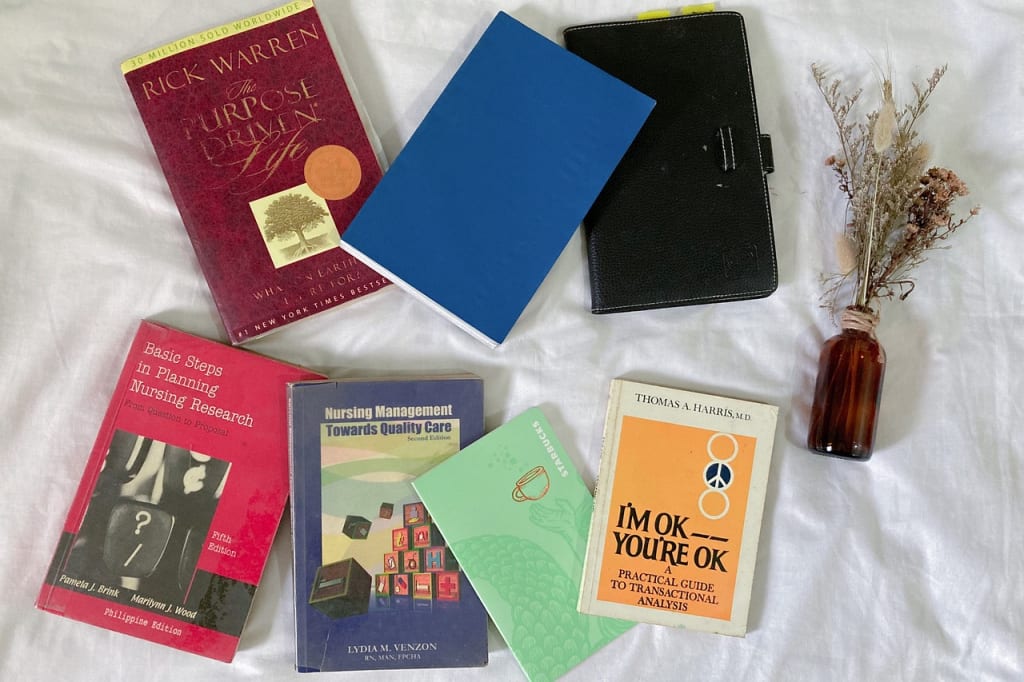What are the fundamentals for writing an academic research paper?
The essential principles for composing an academic research paper

Writing an academic research paper can seem like a daunting task. However, understanding the fundamentals can make the process much more manageable and even enjoyable. Whether you're a seasoned research paper writer or a novice student, mastering these basics is essential for producing a compelling and credible paper. This article will guide you through the essential steps of writing an academic research paper, from understanding your assignment to submitting your final draft.
Understanding the Assignment
Before diving into the writing process, it's crucial to thoroughly understand the assignment. This involves carefully analyzing the prompt and identifying the key requirements. What is the main question or problem you need to address? Are there specific guidelines regarding the format, length, or sources? Clarifying these aspects at the beginning will save you time and effort later on.
Choosing a Topic
Choosing the right topic is a pivotal step in writing an academic research paper. Start by brainstorming ideas that interest you and align with the assignment's scope. Evaluate the relevance and feasibility of each idea, considering the availability of resources and the scope of the research required. Narrow down your options to a topic that is both interesting and manageable.
Conducting Preliminary Research
Once you have a topic, conduct preliminary research to gather background information and refine your focus. Look for credible sources such as academic journals, books, and reputable websites. Take initial notes and identify gaps in the existing literature that your paper could address. This step will help you gain a better understanding of your topic and develop a solid foundation for your thesis statement.
Crafting a Thesis Statement
The thesis statement is the central argument or claim of your paper. It should be clear, concise, and specific. A strong thesis statement not only states your position but also outlines the main points you will discuss. For example, instead of saying "Pollution is bad for the environment," you could say "Industrial pollution significantly contributes to climate change by increasing greenhouse gas emissions."
Creating an Outline
An outline is a roadmap for your paper, helping you organize your thoughts and structure your argument logically. Start with the main sections: introduction, body paragraphs, and conclusion. Then, break down each section into subsections, including topic sentences, supporting evidence, and transition sentences. A detailed outline will make the writing process smoother and ensure that you stay on track.
In-depth Research
With a clear outline in hand, delve into in-depth research. Use academic databases, libraries, and other reliable sources to gather information. Take detailed notes and categorize them according to your outline. This will help you build a comprehensive and well-supported argument. Remember to keep track of your sources for proper citation later.
Writing the Introduction
The introduction sets the stage for your paper. Start with an engaging hook that captures the reader's attention. Provide some background information to contextualize your research and introduce your thesis statement. The introduction should be concise but informative, setting the tone for the rest of the paper.
Developing Body Paragraphs
Each body paragraph should begin with a topic sentence that introduces the main idea. Follow this with evidence and analysis that support your thesis. Use quotes, data, and examples from your research to strengthen your argument. Ensure that each paragraph flows logically to the next, using transition sentences to maintain coherence.
Integrating Sources
Properly integrating sources is crucial for academic integrity. Use a mix of quoting, paraphrasing tools, and summarizing to incorporate external information into your paper. Always cite your sources according to the required style guide (APA, MLA, Chicago, etc.). This not only gives credit to the original authors but also strengthens your credibility.
Writing the Conclusion
The conclusion is your opportunity to reinforce your thesis and leave a lasting impression. Restate your thesis in light of the evidence you've presented. Summarize the key points of your paper and provide final insights or recommendations. Avoid introducing new information in the conclusion; instead, focus on wrapping up your argument coherently.
Revising and Editing
Revising and editing are critical steps in the writing process. After completing your first draft, take a break before reviewing your work. Look for areas where you can improve clarity, coherence, and conciseness. Check for common mistakes such as grammatical errors, awkward phrasing, and weak arguments. A thorough revision will enhance the overall quality of your paper.
Formatting the Paper
Adhering to the required style guide is essential for formatting your paper correctly. Each style guide has specific rules for citations, references, headings, and overall layout. Consistency in formatting demonstrates professionalism and attention to detail. Double-check the guidelines to ensure your paper meets all the requirements.
Proofreading
Proofreading is the final step before submission. Read your paper aloud to catch any errors you might have missed during revision. Use tools like spell checkers and grammar checkers, but don't rely solely on them. Consider asking a peer or mentor to review your paper for a fresh perspective. A well-proofread paper is free of errors and polished to perfection.
Finalizing the Submission
Before submitting your paper, prepare the final draft by incorporating all revisions and ensuring that it meets the assignment's requirements. Use a checklist to verify that you've covered all aspects, including proper citations, formatting, and completeness. Once you're confident in your work, submit it on time and celebrate your accomplishment.
Conclusion
Writing an academic research paper is a multifaceted process that requires careful planning, thorough research, and diligent revision. By following these fundamental steps, you can produce a high-quality paper that meets academic standards and effectively communicates your ideas. Remember, practice makes perfect, and each paper you write will improve your skills and confidence.
FAQs
What is the ideal length of an academic research paper?
The ideal length varies depending on the assignment and academic level. Generally, undergraduate papers range from 5-20 pages, while graduate papers can be much longer.
How do I choose a research paper topic?
Choose a topic that interests you, aligns with the assignment requirements, and has sufficient resources available. Narrow down broad topics to more specific aspects that you can thoroughly explore.
What are the best resources for academic research?
Academic journals, books, and reputable online databases like JSTOR, PubMed, and Google Scholar are excellent resources for reliable information.
How can I improve my thesis statement?
A strong thesis statement is clear, specific, and debatable. Ensure it presents your main argument and outlines the points you will discuss. Revise it as needed during the writing process to maintain focus.
What should I do if I find conflicting information in my sources?
Evaluate the credibility of each source, consider the context of the information, and present a balanced view in your paper. Discuss the differing perspectives and provide your analysis based on evidence.
About the Creator
Harry Smith
Hi I am Harry Smith, an academic writer from London. I have been producing assignments for fellow students in UK since the last 7 years.
Enjoyed the story? Support the Creator.
Subscribe for free to receive all their stories in your feed. You could also pledge your support or give them a one-off tip, letting them know you appreciate their work.






Comments
There are no comments for this story
Be the first to respond and start the conversation.